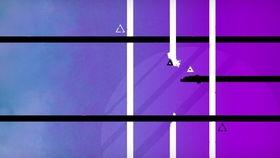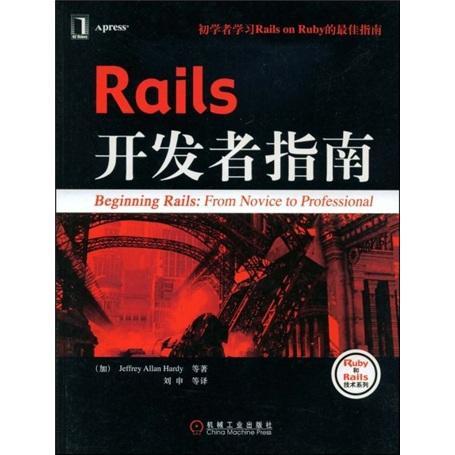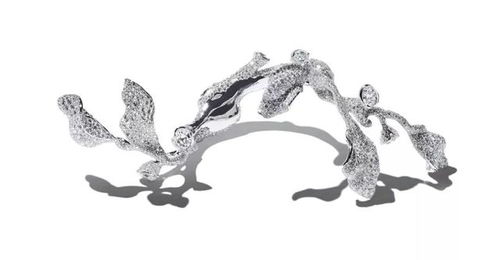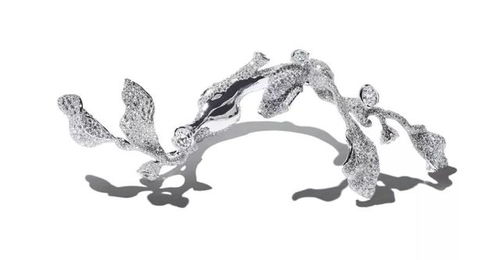Introduction: Fishing in coastal cages has gained popularity among anglers seeking a unique and thrilling fishing experience. Coastal cages offer a confined space where fish are concentrated, making it easier to catch them. However, mastering the art of fishing in these cages requires specific techniques and knowledge. In this article, we will explore the essential techniques for successful fishing in coastal cages, from choosing the right bait to mastering the casting and retrieval techniques.
Understanding Coastal Cages: Coastal cages are specially designed structures that house fish in a confined space. These cages are typically made of metal or concrete and are anchored to the seabed. They provide a habitat for various fish species, making them an attractive target for anglers. Before venturing into coastal cages, it is crucial to familiarize yourself with the specific regulations and guidelines of the area you plan to fish.
Choosing the Right Equipment: To excel in coastal cage fishing, you need to have the right equipment. Here are some essential items you should consider:
a. Rod and Reel: Choose a rod and reel suitable for the type of fish you expect to catch. A medium-heavy action rod with a spinning reel is often recommended for coastal cage fishing.
b. Line: Use a high-quality monofilament or braided line with a minimum breaking strength of 20 pounds. The line should be strong enough to handle the fight with fish but flexible enough to allow for smooth casting and retrieval.
c. Hooks: Select hooks that match the size and type of bait you plan to use. Size 4 to 6 hooks are commonly used for coastal cage fishing.
d. Bait: Choose fresh or artificial bait that is known to attract the fish species in the coastal cage. Live bait, such as mullet or sardines, can be effective, but artificial lures like jigs or soft plastics can also yield good results.

Casting Techniques: Casting is a crucial skill in coastal cage fishing. Here are some tips to improve your casting techniques:
a. Practice Casting: Spend time practicing your casting techniques before heading to the coastal cage. This will help you develop muscle memory and improve accuracy.
b. Proper Grip: Hold the rod with a firm but comfortable grip. Use your index and middle fingers to secure the reel handle, and position your thumb on the back of the rod for balance.
c. Casting Distance: Aim to cast the bait within a few feet of the cage. Overcasting can result in lost bait and missed opportunities.
Retrieval Techniques: The retrieval technique is equally important as casting. Here are some tips to optimize your retrieval:
a. Start Slow: Begin with a slow retrieval speed to attract the fish's attention. As you feel a bite, gradually increase the speed to set the hook.
b. Vary Retrieval Speed: Experiment with different retrieval speeds to determine what works best for the fish species you are targeting. Some fish may prefer a slower retrieve, while others may respond better to a faster pace.
c. Use Sensitivity: Pay close attention to your rod's movements and the tension in the line. Even the slightest tap or pull can indicate a fish biting.
Bait Presentation: The way you present your bait can significantly impact your success in coastal cage fishing. Here are some tips:
a. Live Bait: If using live bait, ensure it is fresh and moving naturally. Gently twitch the bait to mimic its natural movement.
b. Artificial Lures: For artificial lures, experiment with different retrieves and presentations to see what triggers the fish. Some effective techniques include the zigzag retrieve, the stop-and-go retrieve, or the slow roll.
Handling and Landing Fish: Once you have hooked a fish, it is essential to handle and land it properly. Here are some tips:
a. Keep the Line Taut: Maintain a tight line to prevent the fish from swimming away or getting tangled in the cage structure.
b. Gentle Reeling: Reel in the fish gently but firmly. Avoid reeling too quickly, as it can cause the fish to become exhausted or break the line.
c. Netting: Once the fish is close to the surface, use a net to gently scoop it out of the water. Avoid unnecessary rough handling, as it can harm the fish.
Conclusion: Fishing in coastal cages can be an exhilarating and rewarding experience. By understanding the basics of coastal cage fishing, choosing the right equipment, mastering casting and retrieval techniques, and optimizing bait presentation, you can increase your chances of success. Remember to always follow the regulations and guidelines of the fishing area and handle fish with care. Happy fishing!












